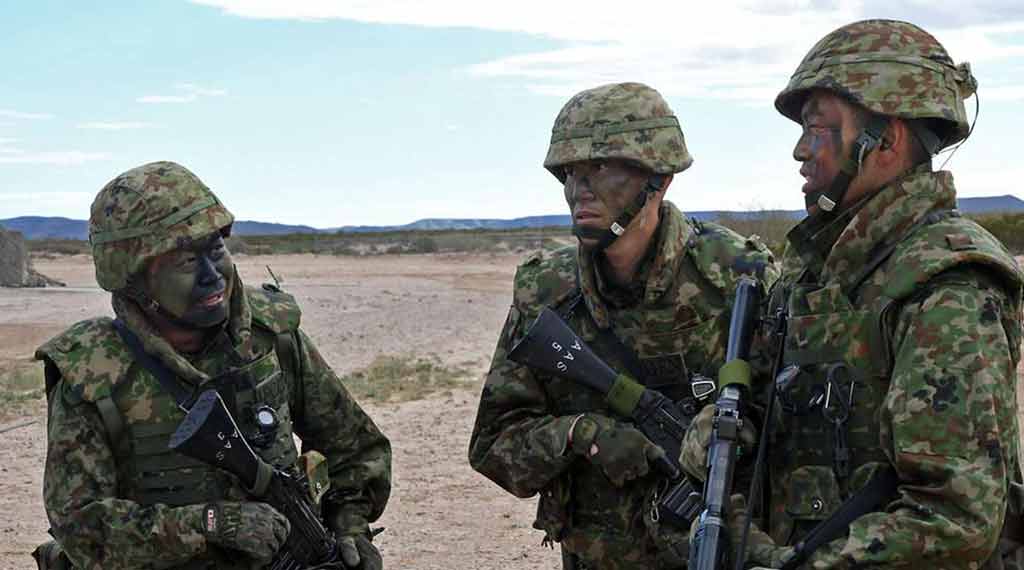US Ambassador Rahm Emanuel’s recent Washington Post article, “What no expert saw coming: the rise of Japan,” lauds the country’s progress on the defense, economic, and diplomatic fronts over the last couple of years (since he arrived in Tokyo).
If the ambassador is surprised, he was talking to the wrong people before he went to Japan.
Japan and the Japanese have always been capable of doing whatever they need to do – whenever they feel they must. Yes, that can sometimes require a crisis of sorts – and it can sometimes be foreigners who create the crisis for them.
There’ve always been plenty of Japanese in the official and political classes who know what Japan needs to do to hold its own and advance its interests – while being a good ally with the US and other “informal” allies.
Sometimes foreign pressure or action gives them cover. And this allows Japan Inc to move without anyone taking responsibility for whatever it is that is done. In Japan the brash, take-charge, non-risk-averse kind of guy is not exactly popular (unlike the case in America).
The Japanese citizenry does, however, respond well to someone who has a plan and acts like a leader. Former Prime Minister Shinzo Abe did that during his second term and was popular – and successful. He simply was the first prime minister, among a dozen or so who held the post over a three-decade period, who acted as if he knew what he was doing and was operating according to a thought-out agenda.
The ambassador’s article is basically a public relations puff piece. It’s true enough in parts.
But it elides the small facts that Japan – not just the Japanese Self Defense Force (JSDF) – is in no way ready to fight a war and, even worse, most of the country’s leadership (as opposed to the public in general) doesn’t appear to want to get ready or to do the necessary things to help the Americans fight a war.
Doubling the defense budget? Yes, they’ll spend more but they don’t really know what to spend it on – and the Americans haven’t told them.
Japan should be much farther along, and it could be. But while it recognizes the threat from China – and did so before Washington and the US Indo-Pacific Command finally sort of awoke – it doesn’t feel any real pressure, even from the United States, to take the necessary concrete measures to bolster its defense.
As for what’s doable militarily: In 2011 the experts said it was impossible for Japan to have an amphibious force. Too sensitive with the Japanese public and it would also arouse the Chinese. Japan is pacifist. Unconstitutional. Will never happen. Impossible.
Turns out it wasn’t. Within a year and a half, Japan had a rudimentary capability and sent an ad hoc amphibious task force to Southern California to do some real training – at which the visitors did very well. From “impossible” to capability in 18 months? Not bad.
And Japan has gone about developing some very useful capabilities in outer space over the last few decades – including intelligence collection capabilities.
“The appearance of U.S. Department of Defense (DoD) visual information does not imply or constitute DoD endorsement.”
- Tariffs, trade and decoupling from China: Grant Newsham - April 28, 2025
- Will Xi Jinping Start a War Over Trump’s China Tariffs? - April 24, 2025
- Grant Newsham Explains How to Enhance Defense Amid Rising China Threat - April 21, 2025

